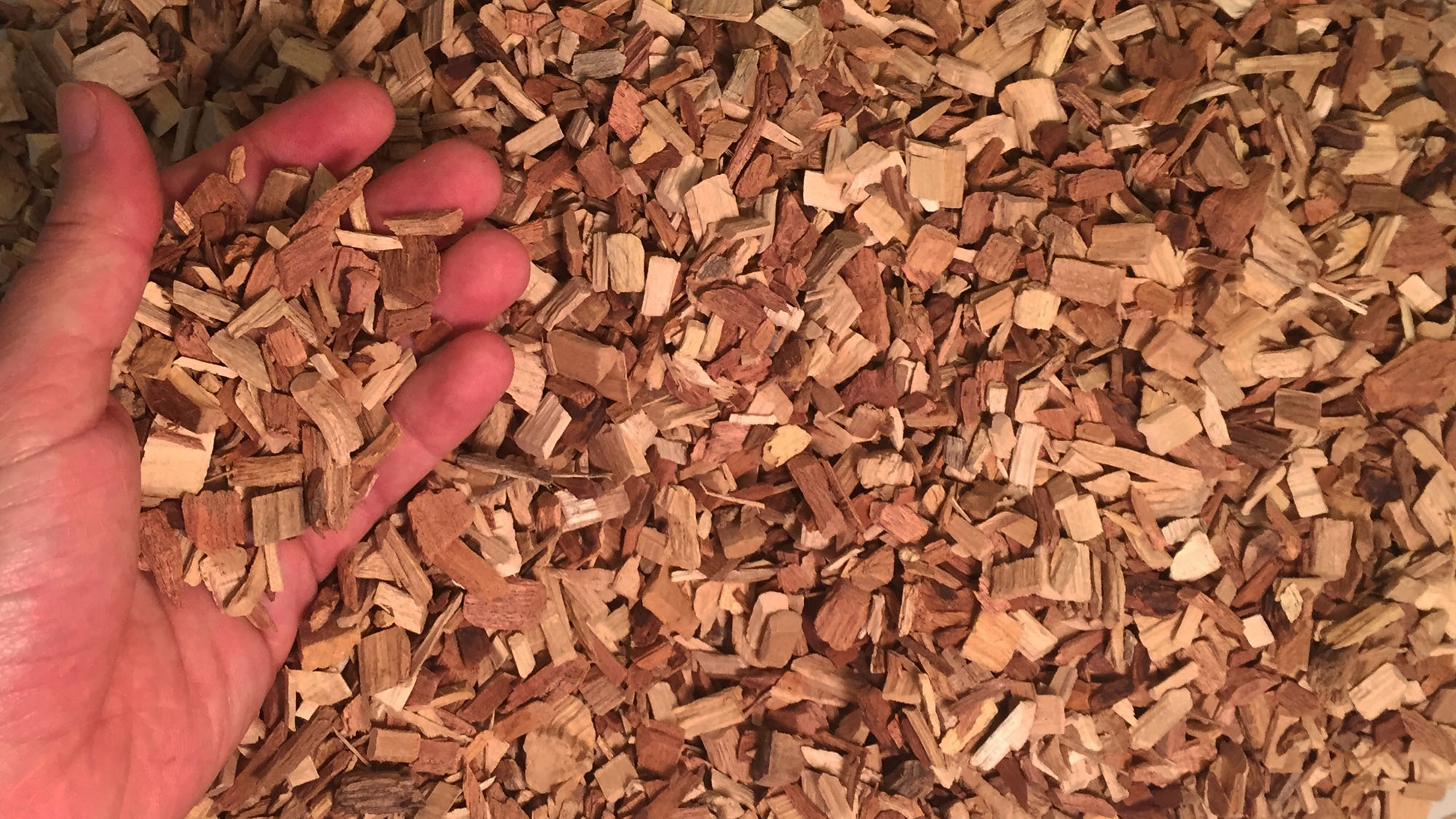Nova Scotia chooses buildings for alternative wood heating trial
Province says using wood for heating will help boost wounded forestry economy after Northern Pulp closure

caption
Wood chips will be burned in a biomass boiler to heat buildings.Six public buildings in Nova Scotia will transition from fossil fuel-based heating to burning wood for heat in a new provincial pilot project.
The Department of Lands and Forestry issued a tender Monday requesting the design and construction of six biomass boilers — wood chip heating systems — to replace burning oil to heat the buildings.
The wood chips will be sourced locally from private woodlots. Known as biomass, wood products are burned to generate energy and heat as an alternative to gas, coal, and oil.
The six selected buildings are located in Milford, Bible Hill, Bridgewater, Annapolis County, Sydney Mines, and Sydney.
Heating buildings by burning wood products was a recommendation made by University of King’s College president Bill Lahey in his independent review published in August 2018 on forestry practices.
In June 2019, the government chose 100 buildings considered suitable to transition to a wood-heating network. It was then narrowed down to six for the trial.
On Feb. 3, a provincial news release said the decision to transition to biomass heating is to create a new market for Nova Scotia’s wood industry after the closure of Northern Pulp. Wood chips, sawdust, and other types of residual wood material are used to create pulp.
Raymond Plourde, wilderness coordinator at the Ecology Action Centre, is opposed to the clear cutting of trees for electricity or heat, but in an interview he said using the residuals of wood in an efficient, modern boiler is logical in light of the hit to the province’s private forestry industry.
“When you displace fossil fuels used either to generate electricity to heat a building or you use oil to burn in furnaces to heat a building, then you are displacing a certain amount of fossil fuel use with wood,” Plourde said. “Because the efficiency rates are very high, it’s actually a logical thing to do.”
Also in the government’s news release, Lands and Forestry Minister Iain Rankin said creating a new market for lower-grade residual wood will contribute to the economics of sustainable forest management and lead to healthier forests.
Plourde believes there are important things to consider when it comes to how the wood is being sourced.
“We do not support use of biomass for anything, including heating, if it is sourced from purpose specific clear cutting,” Plourde said. “In other words, if somebody is cutting a forest down and putting it in a chipper to feed any form of biomass burner, whether its electricity or space heating.”
Though burning biomass products does not create additional carbon, it does move carbon from trees in forests into the atmosphere, which traps heat and contributes to climate change.
“Science has shown clearly that the best thing to do in terms of carbon sequestration is to simply let forests grow old and store carbon in their bodies,” he said. “It’s the smartest thing we can do in terms of using forests to offset climate change, not burning them.”
The news release estimated the six buildings that are part of this new trial would range from 200 tonnes to 3000 tonnes in annual wood chip consumption. Northern Pulp was buying approximately 700,000 tonnes of wood chips each year from sawmills across the province.
“We acknowledge that the sawmills are in a difficult position right now with the loss of the huge consumptive capacity of Northern Pulp, so this will provide a bit of a market for the sawmill residuals,” Plourde said.
About the author
Michael Trombetta
Michael is a student writer at King's College. He's an English literature graduate of Ryerson University. Interested in people, our environment,...

a
allison cook
A
Aubrey Watson
K
Karen Crouse